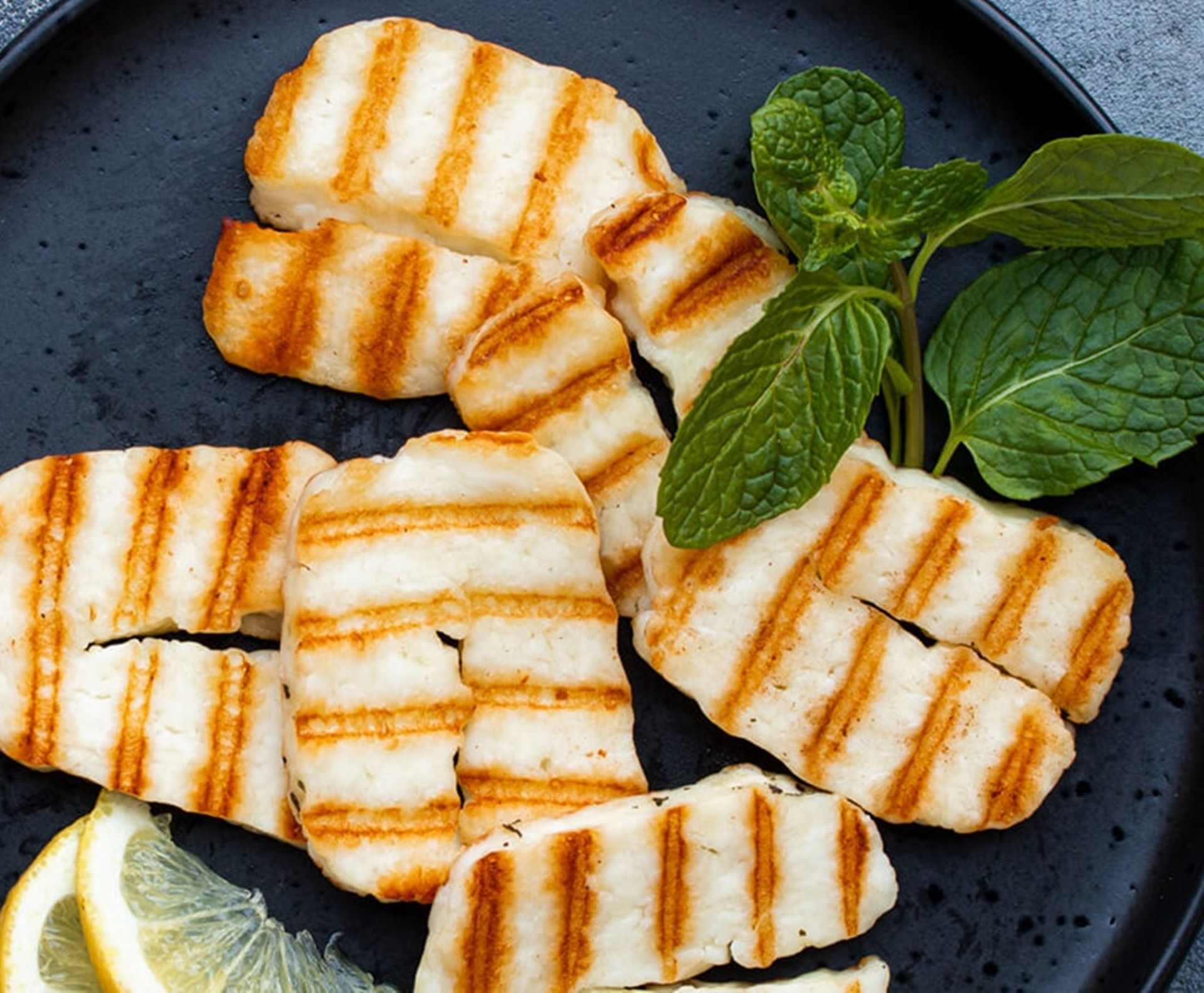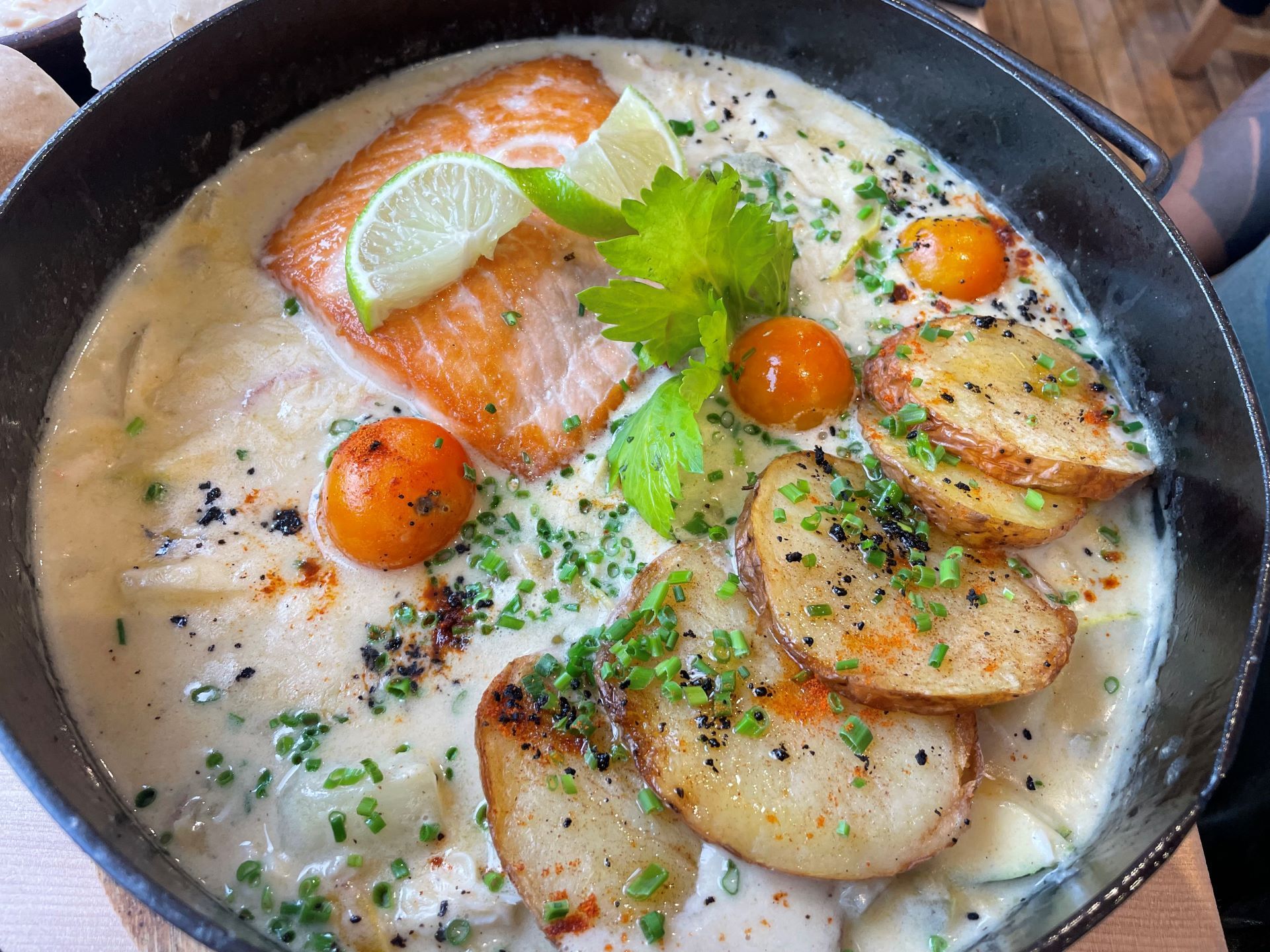The Taste of Sweden [Part 1]

Having lived a better part of my adult life outside Sweden has given me a different view of what Swedish “is”. I chose to try my luck abroad partly because I wanted to explore other parts of the world. At the same time, I have always tried to make sure that my daily dose of coffee is Swedish and I am a fairly frequent visitor at IKEA (I even celebrated my 22nd birthday eating meatballs at IKEA in Melbourne after 1 month of travelling in Asia). My picture of the Swedish cuisine comes from spending hours and hours in my grandmother’s kitchen, so when I wanted to explore the “Taste of Sweden”, I asked for some expert help.
“It is difficult to put into words,” says Jens Heed, Program Director for food travel at VisitSweden. Swedish culinary heritage is partly made up from our openness and curiosity as a nation. Obviously, describing the culinary culture of a whole country is challenging, and comes with the risk of diminishing the value of one or another gastronomic treasure that is less known. Sweden stretches over 1600 km from one end to the other, plenty of forest and mountains in the north, coastal landscapes surrounding both the west and east coast, and hundreds of lakes in various sizes in between. There is a pronounced contrast between the four seasons compared to countries closer to the equator, and this difference plays an important role in Swedish agriculture. Wine grapes grow in vineyards in the south and more than 260,000 reindeers graze in the north, never passing below the 60th parallel. “ This is one of our strengths here in Sweden, you could get whitefish roe or reindeer from Norrbotten, at the same time enjoy lamb and truffles from Gotland, or why not oysters from the West coast? All of these varieties give us potential as a food destination ”.
Swedes know the typical dishes served during certain holidays throughout the year and even on specific days. The 4th of October is exclusively dedicated to the renowned ”cinnamon bun”. The “smörgåsbord” is presented at every big celebration, with some dishes having their natural place depending on the time of year and tradition. Eggs and lamb are served at Easter, crayfish and “västerbottenpie” for the crayfish party, Jansson’s temptation and Christmas ham for Christmas, and of course herring has been present regardless of the season since the 17th century. Jens agrees when we talk about how the Christmas table is probably one of the most stable Swedish traditions, but he also wants to highlight that even this sturdy customary buffet with endless options of delicacies has not always looked the way it does today. “ My parents always served ‘pigs feet’, but you wouldn’t find that on my Christmas table.” I realize I haven’t served it either!
Pickled, fermented, dried, smoked, salted, marinated or cured. These cooking techniques bear witness to the past, where rough and harsh weather could potentially result in food scarcity. To this day, these factors have all contributed to the culinary culture of Sweden. Jens calls it our “storing culture”, and explains that many, many years ago, a few months of every year were spent growing and cultivating the produce that would sustain the population during winter, and sometimes even longer. These techniques laid the foundation of Swedish food culture, and we can thank our ingenuity for gravlax, sour milk and cloudberry jam, among many other delicacies. Preservation through “sweetening” has also been widely used, and the Swedes certainly have a weakness for sweet things. It is a delicate balance between sweet and savoury, and no combination is too weird. Lingonberry jam together with meatballs or Kroppkakor (a kind of potato dumplings) is a given. And why not something sweet to go with your cup of coffee?
No meeting, social gathering, celebration, or event is complete without coffee in Sweden. At any time of the day, add your favourite sweet craving, together with friends and good conversation and you will be enjoying the renowned “fika”. Vanilla, cinnamon, cardamom, saffron, and cloves have been imported regularly for the past 150 years, yet many of our classical pastries and baked goods are made with these particular spices of which we naturally grow neither. Cinnamon buns are made with both cinnamon and cardamom, for example. The Swedes and their food culture are influenced by the rest of the world. Even the immigrant population has left its mark on the Swedish cuisine. “ In our home cooking we find it normal to use spices from the other side of the world , Jens says. “ Today we are travelling people, we move all over the world and we are curious about other food cultures. Speaking of the immigrated population that arrived with the labour immigration in the ’60s that introduced the Swedes to the pizza, for example ”.
A kitchen that is continuously renewing and adapting itself to a growing population from all over the world, slowly but surely, new dishes find their way into the hearts of Swedes. By being so curious and wanting to try new, exciting food makes me wonder if all these influences are overshadowing our culinary culture and if we are forgetting what is truly “Swedish”? Jens asserts that it is probably because we think new and contemporary is more fun than dull and old-fashioned. So fun wins!. “ We are so curious and open-minded, and we like progress ”.
Food culture is constantly changing regardless of the country or region. It will always be impacted by our surrounding world, current life situation and family events mixed with external inputs. All of the changes are not visible to the bare eye, but be sure that bit by bit, or bite by bite, they add to the culinary heritage of a place.
We wouldn’t want to define the Swedish food culture, we leave that to everyone that wants to partake in developing and defining both the everyday cooking and the fine dining. Anyone from Sebastian Gibrand to the local pizzaiolo, those are the ones who define our Swedish food culture – both the cooks and the consumers, Jens contemplates.
It is obvious that we all have a part in our country’s food culture, but how do we best convey this to our visitors? How is the “Taste of Sweden” communicated to the potential food-loving tourists? To be continued next week…
Authored by: Rosanna Olsson


© World Food Travel Association | All rights reserved.
Terms & Conditions |
Privacy Policy
Pages not loading correctly? We do not recommend Safari. Our website works best with Edge, Opera, Chrome, Brave or Firefox.








